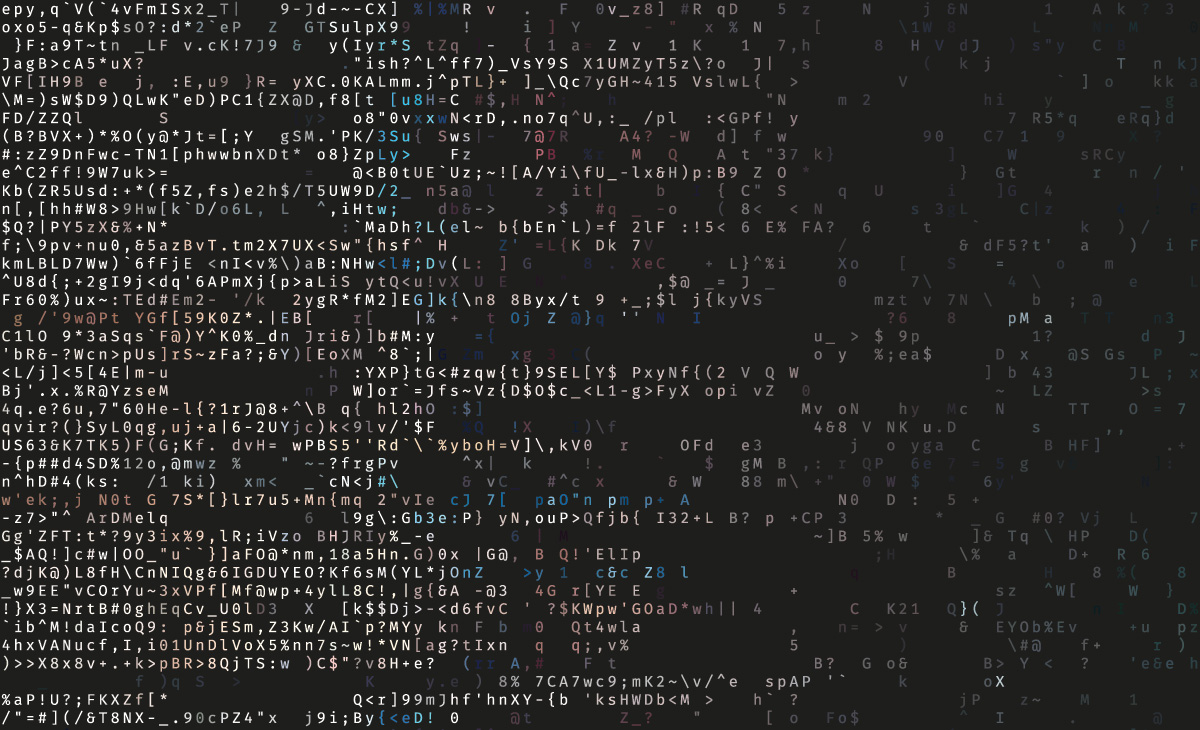Featured Post
Advancing Insider Risk Management – A Short Primer on Trends, Technology, and Whole Person Risk Assessment
Understanding Insider Threats Insider risk management is a critical concern across both government and commercial sectors due to rising incidents. These threats involve trusted individuals misusing their authorized access to steal data, commit fraud, engage…
Read Now










